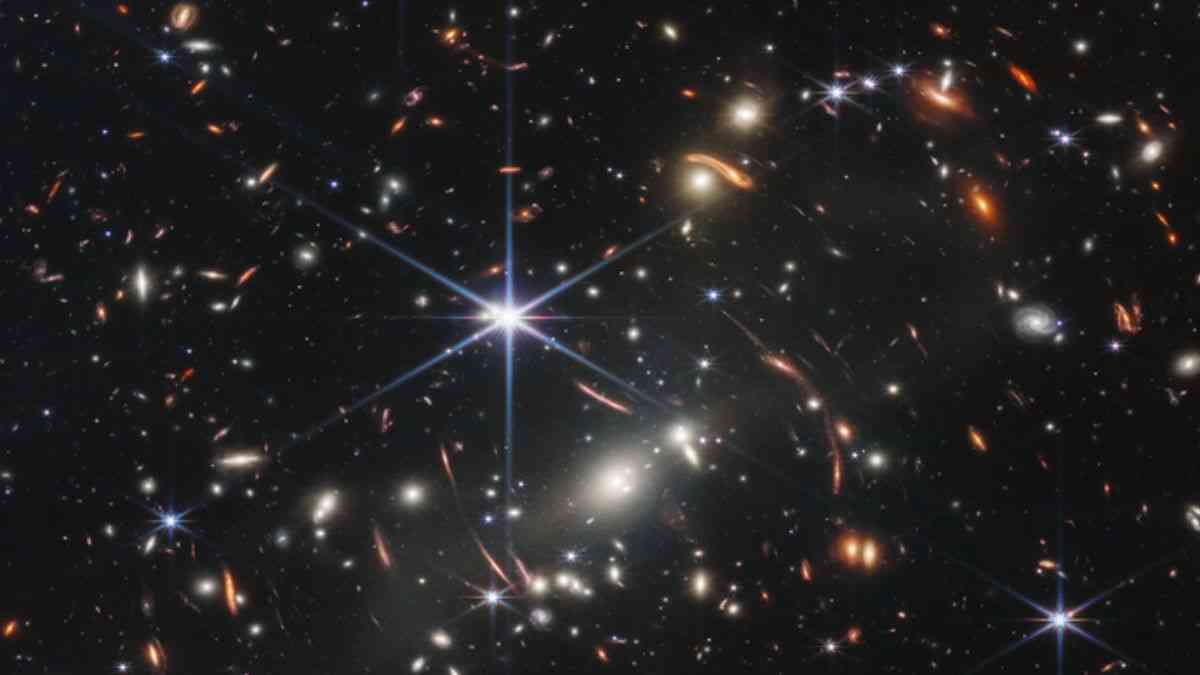Science
The More Absurd, the Greater the Belief: Where Conspiracy Theories Come From
08 January 2026

It was supposed to be the most distant star ever seen by humankind. Earendel—an object located 28 billion light-years away—quickly became a symbol of the limits of human curiosity. But the latest discoveries challenge everything that was previously thought about it.
Our story begins in 2022. That’s when the Hubble Space Telescope spotted an object in space that scientists identified as the most distant star known to humanity. It is located 28 billion light-years away from Earth, although its light traveled to us for 12.9 billion years. This difference is a result of the continuous expansion of the universe. 28 billion light-years is the current distance, but when the star’s light was traveling through space, the universe was smaller. The path it traveled is therefore several billion light-years shorter.
Soon after the discovery, the object was designated WHL0137-LS, but astronomers soon came up with the name Earendel. In Old English, this means “morning star” or “rising light.” How were we even able to notice such a distant star? It was all thanks to something called gravitational lensing.
Massive objects (e.g., galaxies or black holes) can bend spacetime, including light that passes near them. It so happens that between Earendel and Earth, there is a galaxy cluster massive enough to magnify the light from this distant object passing near it, like a magnifying glass or a telescope. According to the research, Earendel is visible to us as 4,000 times larger than it would be without the influence of another massive body. However, the star’s unique position raised doubts among researchers about its true nature.
Gravitational lensing was also used to discover one of the largest black holes known to humanity.
Read more: Mysterious Red Dots in Space: What Are These Strange Objects?
For gravitational lensing to affect a star in this way, it must be located in the right place relative to the light-bending massive object. Such situations are very rare in the universe. That’s why scientists began to ask themselves whether Earendel was actually a star or a slightly larger object.
A hypothesis put forward by researchers from the University of California, Berkeley, says that in this case, we are not dealing with a star, but a star cluster. The team of scientists recently published their findings in The Astrophysical Journal Letters. The measurements were carried out with precise instruments from the James Webb Space Telescope.
As part of the measurements, it was determined that the spectrum of light emitted by Earendel contains fragments of varying brightness. This may indicate that we are not dealing with a single star at all, but rather a cluster of them. The gravitationally bound objects may resemble our closest cosmic neighbor, Alpha Centauri. This system consists of three stars, which, however, look like a single, exceptionally bright object to the naked eye.
Since the closest star system to us appears as one star in the sky, not three, it’s not surprising what’s happening with Earendel. Such a distant object can appear to be a single star even with the use of specialized instruments. However, more precise measurements indicate that we may actually be dealing with a cluster. Astronomers emphasize that further observations are necessary to prove this beyond any doubt. Perhaps future observations will reveal exactly how many objects the most distant star is made of.
Read the original article: Astronomowie byli pewni, że to gwiazda. Teraz mają poważne wątpliwości
Science
08 January 2026



Zmień tryb na ciemny